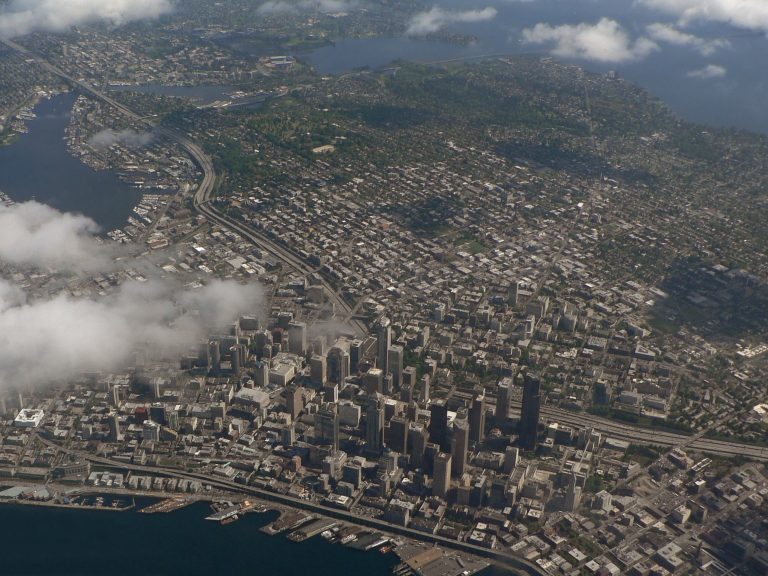Published on July 7, 2020

It seems like a lifetime ago when we could just leave the house and go places, whether on foot or bike or (if we must) car. And as much as one might long for a return to normal-times, let’s not forget that normalcy also involved such headaches as congestion, traffic sewers, long waits for buses, broken links in the bike network, and walk signals that never switch over to letting you walk.
At some point we’ve all found ourselves enduring some awful element of a commute, daydreaming, “if only the city would fix this one simple thing.” But now you’re in luck: A new traffic-simulator game called A/B Streets puts urban planning tools in your hands, letting you completely reconfigure all of our local streets to accommodate your every whim.
Dustin Carlino is the lead developer of A/B Streets. “Back in college I worked on a simulator for autonomous cars,” he says. “I was interested in what would happen if a city had all autonomous cars one day.” Dustin was inspired to get into coding by Banjo-Kazooie, a Nintendo 64 game where you can jump and fly and swim and roll, navigating levels through a range of different forms of locomotion.
So he grabbed some data sets on Seattle streets and some other data on traffic behavior, and started crafting a game that lets you tweak every lane, light, and parking space in the city. It’s a transportation-focused version of other simulators like SimCity and Cities: Skylines, but based on real life.
Updates like better traffic light timing will come once a week, Dustin says. The team is continually honing and refining the software — in particular, it got a huge usability boost over the last six months thanks to the work of UW Human Centered Design and Engineering student and user experience designer Yuwen Li.
The dream is to get the game to a point where it’s reliable enough to test out policies that can be implemented in the real world, like the long-overdue proposal to implement congestion pricing downtown. Dustin’s also interested in the impact of opening up private zones like Broadmoor, a gated community and golf course near the Arboretum.
Continue reading at The Stranger.
Originally written by Matt Baume for The Stranger.